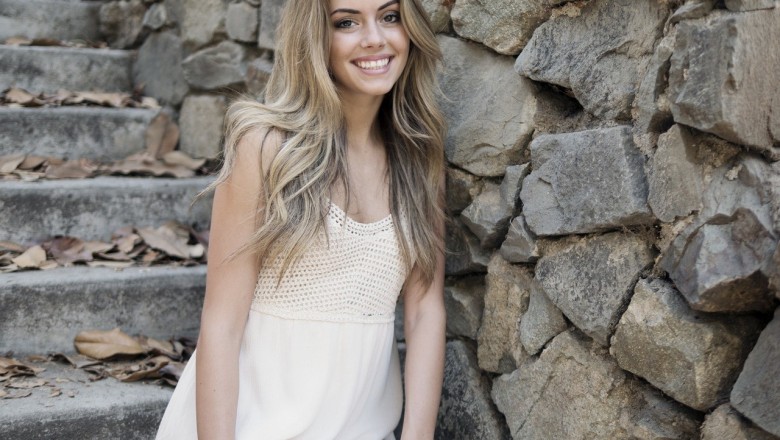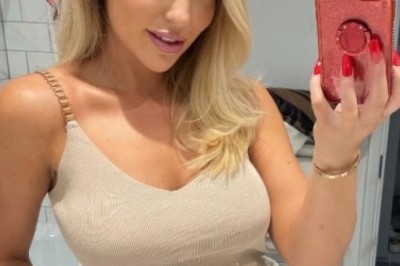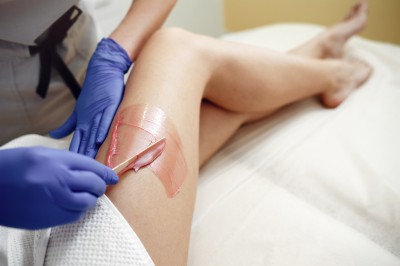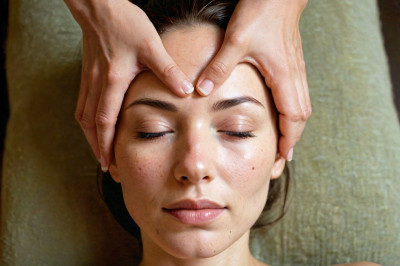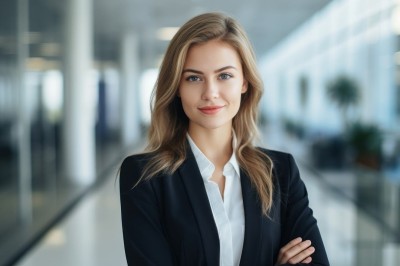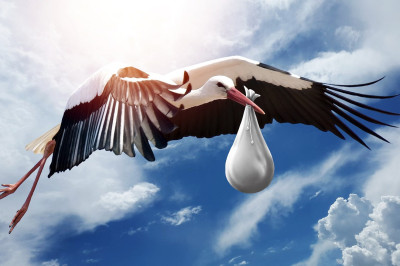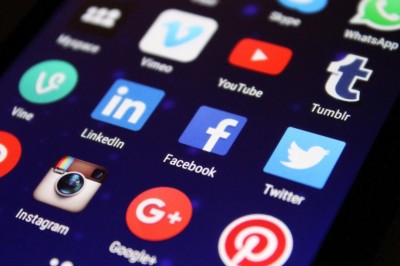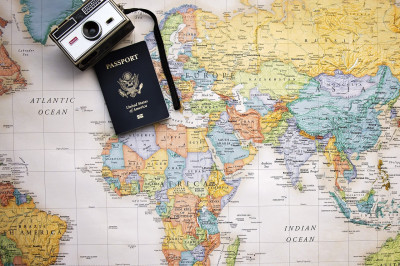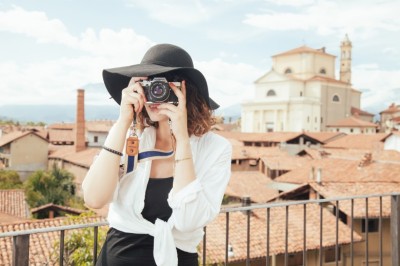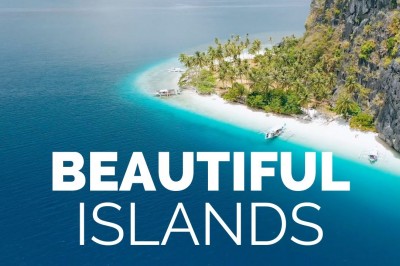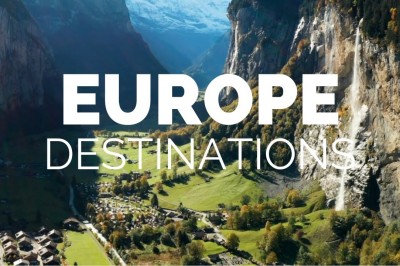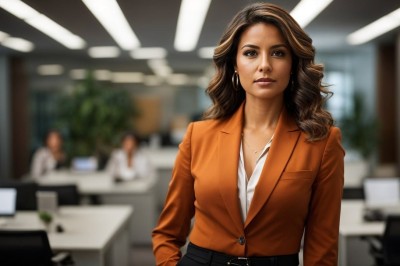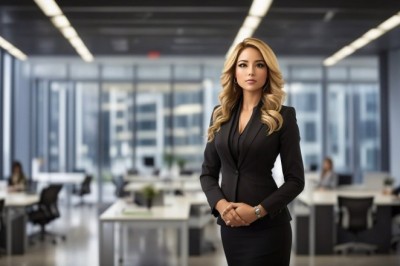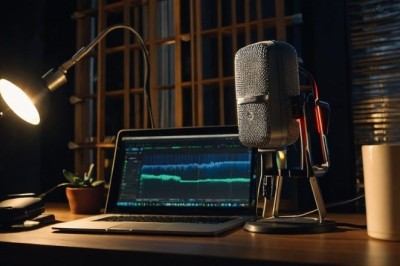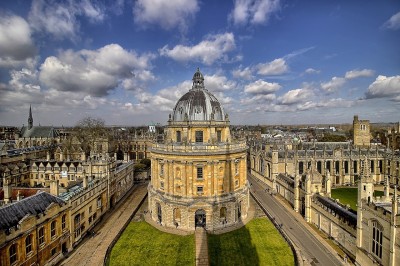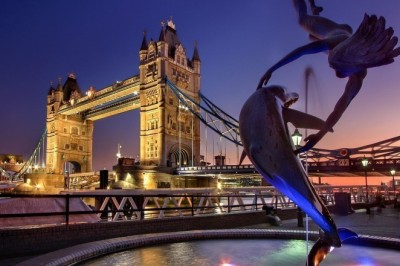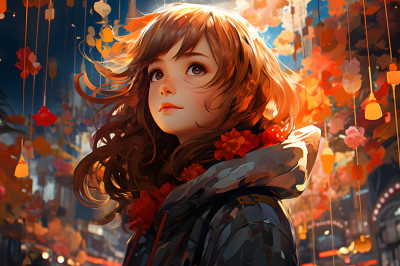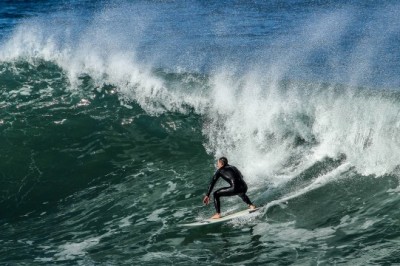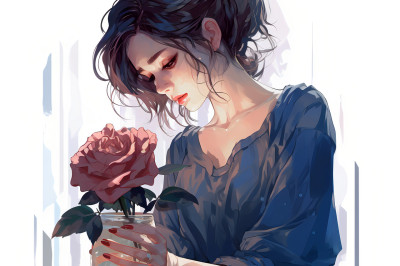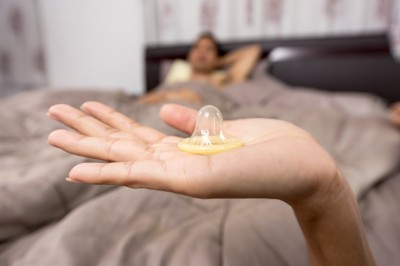Introduction to Global Beauty StandardsThe Concept of Beauty Across Different Cultures
Beauty is a complex concept that varies dramatically across different cultures and societies. What is considered beautiful in one part of the world may not be viewed the same way in another. These standards are deeply rooted in cultural traditions, history, and social norms, and they are often reflected in the art, media, and literature of a society.
In many Western cultures, beauty has often been associated with youthfulness, symmetry, and specific body proportions. The influence of Hollywood and the fashion industry has propagated a certain type of aesthetic that includes features such as a slim figure, tall stature, and often, light skin. This has led to a somewhat homogenized ideal that can be seen in the popularity of certain types of models and celebrities.
Conversely, in many non-Western cultures, beauty standards can be quite different. For example, in parts of Africa and the Middle East, a fuller figure is often more highly prized, signifying health and wealth. In some Asian cultures, beauty is associated with pale skin, which is often seen as a sign of higher social status and not having to work outdoors. Additionally, in certain Pacific Islander communities, tattoos and other body modifications are considered marks of beauty and social standing.
The Subjective Nature of Beauty and Its Perception
Beauty is inherently subjective and is often said to be "in the eye of the beholder." This subjectivity is not only between cultures but also within them. Individual preferences can vary greatly, influenced by personal experiences, upbringing, and exposure to different aesthetic ideals.
The perception of beauty is also dynamic and changes over time. What is considered beautiful today may not be seen the same way in the future. For instance, the Renaissance era favored voluptuous figures, which were seen as a sign of affluence and fertility. In contrast, the 1920s flapper era celebrated a more androgynous look, with shorter hair and a leaner silhouette.
The media plays a significant role in shaping and sometimes distorting our perceptions of beauty. With the advent of global media and social networks, beauty standards have become more pervasive and influential. This has led to a convergence of beauty ideals across different societies, but it has also sparked conversations about the importance of preserving cultural diversity in beauty standards.
The subjective nature of beauty extends to how individuals perceive themselves. The concept of self-esteem and body image is closely tied to societal standards of beauty. People often compare themselves to these ideals, which can affect their self-perception and confidence. The growing movement towards body positivity and inclusivity aims to challenge narrow beauty standards and encourage people to find beauty in diversity and individuality.
In exploring the cities with the most beautiful women, it is crucial to recognize that beauty is a multifaceted and deeply personal concept. The cities highlighted in such discussions are often reflective of the prevailing beauty standards of the time and the cultural influences that shape these perceptions.
Top Cities with Renowned BeautyEastern European Gems
Kiev
Kiev, the capital of Ukraine, is often cited for its beautiful women who possess a unique blend of Slavic features. The city's rich history and culture contribute to the diverse beauty found here. The women of Kiev are known for their striking features, tall stature, and elegant fashion sense. The city itself is a blend of historical architecture and modern vibrancy, which seems to be reflected in the beauty of its inhabitants.
Prague
Prague, the capital of the Czech Republic, is not only famous for its breathtaking architecture and the romantic allure of its cobblestone streets but also for the beauty of its women. Czech women are known for their stunning looks and often fair complexion, with a mix of Western and Slavic features. The city's relaxed atmosphere and rich cultural life also seem to imbue its women with a confident and cultured air.
Moscow
Moscow, the heart of Russia, is home to some of the most beautiful women in the world. Russian women are celebrated for their classic beauty, which often includes piercing eyes, well-defined bone structure, and a statuesque figure. Moscow's women are also known for their bold fashion choices and the city's love for luxury and glamour, which is evident in the style and poise of its female residents.
South American Beauties
Rio de Janeiro
Rio de Janeiro in Brazil is world-renowned for its stunning landscapes and equally captivating women. Brazilian women are celebrated for their curvaceous figures, sun-kissed skin, and expressive beauty. The city's vibrant culture, with its love for dance and celebration, is often mirrored in the vivacious and friendly personalities of its women.
Buenos Aires
Buenos Aires, the capital of Argentina, is often referred to as the "Paris of South America" due to its European flair and cosmopolitan atmosphere. Argentine women are known for their sophisticated beauty and style. The city's rich tango culture may also influence the passionate and graceful demeanor that Argentine women are famous for.
Medellin
Medellin, once infamous for its turbulent past, is now celebrated for its transformation and the beauty of its women. Colombian women are known for their warm smiles, voluptuous figures, and the diversity of their looks, which can be attributed to the country's mixed heritage. Medellin's year-round spring-like weather also contributes to the city's outdoor lifestyle, which is reflected in the healthy and active lifestyle of its inhabitants.
Asian Elegance
Seoul
Seoul, the capital of South Korea, is at the forefront of beauty and fashion trends, with its women often leading the charge. Korean women are known for their innovative skincare routines, which contribute to their porcelain-like skin. The city's fast-paced, high-tech culture is matched by the cutting-edge fashion and beauty standards that its women embody.
Tokyo
Tokyo, Japan's bustling capital, is a place where traditional beauty meets modern aesthetics. Japanese women are admired for their delicate features, impeccable fashion sense, and the subtlety of their beauty rituals. The city itself is a hub for fashion and culture, which influences the refined and often minimalist beauty standards of its women.
Bangkok
Bangkok, the vibrant capital of Thailand, is known for its friendly people and the radiant beauty of its women. Thai women are often noted for their graceful demeanor, natural beauty, and the harmonious blend of Southeast Asian features. Bangkok's rich cultural tapestry is reflected in the diverse appearances and styles of its female population, who are as warm and welcoming as the city itself.
Factors Contributing to Concentrations of BeautyGenetic Diversity and Historical Influences
The genetic makeup of a population is a tapestry woven from the threads of its history. Cities known for their beautiful women often boast a rich tapestry of genetic diversity, which can be attributed to historical migrations, conquests, and trade. This genetic melting pot can result in a wide variety of physical traits that many find appealing. For instance, a city at a historical crossroads of trade routes may have a diverse population with a mix of features from different ethnic backgrounds, contributing to a unique and compelling standard of beauty.
Historical influences also play a role in shaping the perceptions of beauty within a culture. Societies that have been exposed to various other cultures throughout history may have developed a more inclusive and diverse understanding of beauty. This can lead to a broader appreciation of different physical attributes that are celebrated within the local population.
Beauty and Fashion Industries' Impact on Local Populations
The presence of a robust beauty and fashion industry within a city can significantly influence the local standards of beauty. Cities that are home to fashion houses, modeling agencies, and beauty pageants often set trends that define what is considered beautiful at a global scale. The residents of these cities are frequently at the forefront of new beauty and fashion trends, and the local population may place a high value on maintaining appearances according to these standards.
The media in these cities often showcases a particular type of beauty, which can have a trickle-down effect on the local population. Exposure to media representations of beauty can influence personal grooming habits, the popularity of cosmetic procedures, and the adoption of specific fashion styles that enhance the perceived beauty of the residents.
The Role of Diet, Lifestyle, and Wellness Practices
Diet, lifestyle, and wellness practices are integral to the perception of beauty in different cities around the world. A diet rich in fresh fruits, vegetables, and healthy fats can contribute to clear skin, a healthy physique, and vibrant energy, all of which are commonly associated with beauty. Cities that have easy access to a variety of fresh foods and that culturally value healthy eating may have populations that exude a natural beauty.
Lifestyle factors, including the amount of physical activity that is integrated into daily life, also play a significant role. Cities with a culture of active living, whether through walking, cycling, or organized sports, can contribute to the overall health and attractiveness of its residents.
Wellness practices, such as skincare routines, regular spa visits, and stress-reduction techniques, can also enhance beauty. Cities that prioritize wellness and self-care may have residents who appear more youthful and radiant. The availability of wellness services and the cultural importance placed on relaxation and self-care can lead to a population that invests time and resources into their appearance, contributing to the overall impression of beauty.
The Influence of Media and the Changing Face of BeautyHow Media Shapes Our Understanding of Beauty
The media has long been a powerful force in shaping societal perceptions of beauty. From the silver screen to glossy magazine covers, and now to the omnipresent digital platforms, media dictates the trends and standards that define what is considered beautiful. Historically, beauty standards were often localized, reflecting the cultural and ethnic aesthetics of a region. However, with the advent of mass media, certain beauty ideals have been propagated globally, often overshadowing local beauty narratives.
The portrayal of beauty in media is not passive; it actively constructs the criteria by which individuals, particularly women, are judged. These criteria can include body shape, skin tone, facial features, and even the style of hair and makeup. The repetitive exposure to these ideals can lead to a collective internalization, where these media-driven standards become the benchmarks for self-evaluation and the evaluation of others.
The Rise of Global Beauty Icons and Influencers
In the age of social media, the concept of beauty has been further democratized and diversified through the rise of global beauty icons and influencers. These individuals often amass large followings on platforms such as Instagram, YouTube, and TikTok, where they showcase beauty trends, tutorials, and their own personal aesthetic. Influencers often have the power to sway beauty norms by introducing their audiences to new products, styles, and techniques.
These beauty icons and influencers come from various backgrounds and cultures, contributing to a more inclusive representation of beauty. They have the unique ability to transcend traditional media's limitations, reaching a global audience instantly. Their impact is seen in the way certain looks or products can go viral, creating a ripple effect that influences beauty standards on an international scale.
Embracing Diversity and the Expanding Definition of Beauty
The expanding definition of beauty is a testament to the growing movement towards inclusivity and diversity. Media, both traditional and new, are beginning to reflect a broader spectrum of beauty that encompasses different races, ethnicities, body types, ages, and genders. This shift is not just about representation; it's about the recognition and celebration of the myriad forms that beauty can take.
Campaigns that focus on "real beauty" and the rejection of photoshopping models to fit an unrealistic ideal have gained traction, signaling a change in consumer expectations. The beauty industry is responding by diversifying their product ranges to cater to a wider array of skin tones and types, and by featuring models that break the mold of traditional beauty standards.
The narrative is changing from a singular, often unattainable beauty ideal to a more inclusive approach that values individuality and authenticity. This shift is empowering for many, as it challenges the narrow definitions of beauty that have dominated for so long and opens up a space where everyone can see themselves as beautiful. The media's role in this transformation is pivotal, as it continues to be the primary conduit through which beauty ideals are disseminated and evolved.



